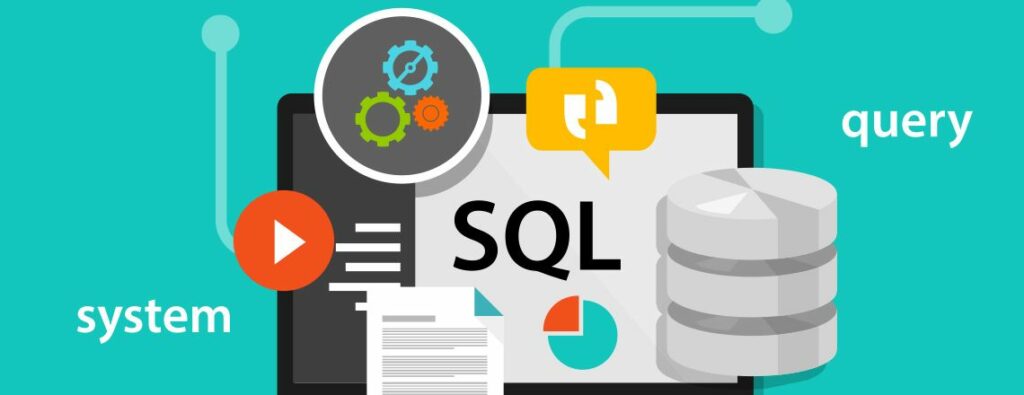
Free eBooks for Beginners
SQL is a popular programming language that is widely used by data analysts, software developers, and database administrators to manage and manipulate data stored in relational databases. Understanding the various operations and commands in SQL is critical for anyone looking to work with databases.
One such operation in SQL is the cascading delete. Cascading delete is a feature that enables you to delete data in a related table when you delete data in the parent table. This feature is particularly useful when working with databases that have multiple tables with relationships between them.
For example, imagine you have two tables in your database – “customers” and “orders.” The “customers” table stores information about your customers, and the “orders” table stores information about the orders placed by those customers. The two tables are related by a common field, such as the customer ID.
When you delete a customer from the “customers” table, you also want to delete all the orders associated with that customer in the “orders” table. This is where the cascading delete comes in handy. By using the cascading delete feature, you can ensure that all the related data in the “orders” table is deleted automatically when you delete a customer from the “customers” table.
To use the cascading delete feature in SQL, you need to specify the relationship between the two tables in the database. This relationship is typically established using foreign key constraints. A foreign key is a field in the “orders” table that references the primary key of the “customers” table.
Once the relationship is established, you can configure the cascading delete behavior for the foreign key. This can be done using the ALTER TABLE statement in SQL. The cascading delete feature can be turned on or off as needed, depending on the requirements of your database.
In conclusion, the cascading delete feature in SQL is a powerful tool that enables you to delete data in a related table automatically when you delete data in the parent table. This feature is particularly useful when working with databases that have multiple tables with relationships between them. Understanding how to use the cascading delete feature in SQL is an important skill for anyone working with databases.
SQL for Beginners and Data Analyst – Chapter 33: Cascading Delete
 Loading...
Loading...
Disclaimer: The information and code presented within this recipe/tutorial is only for educational and coaching purposes for beginners and developers. Anyone can practice and apply the recipe/tutorial presented here, but the reader is taking full responsibility for his/her actions. The author (content curator) of this recipe (code / program) has made every effort to ensure the accuracy of the information was correct at time of publication. The author (content curator) does not assume and hereby disclaims any liability to any party for any loss, damage, or disruption caused by errors or omissions, whether such errors or omissions result from accident, negligence, or any other cause. The information presented here could also be found in public knowledge domains.